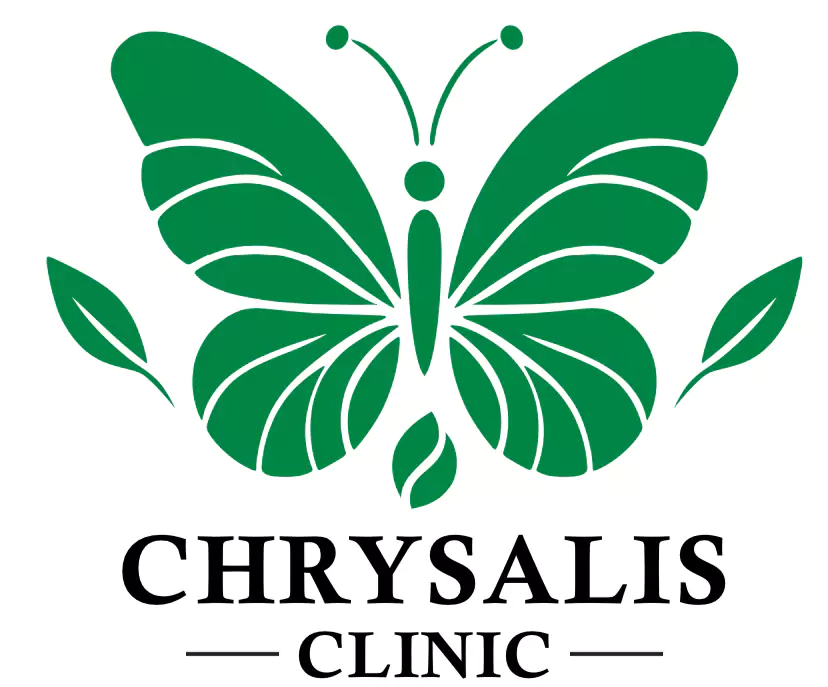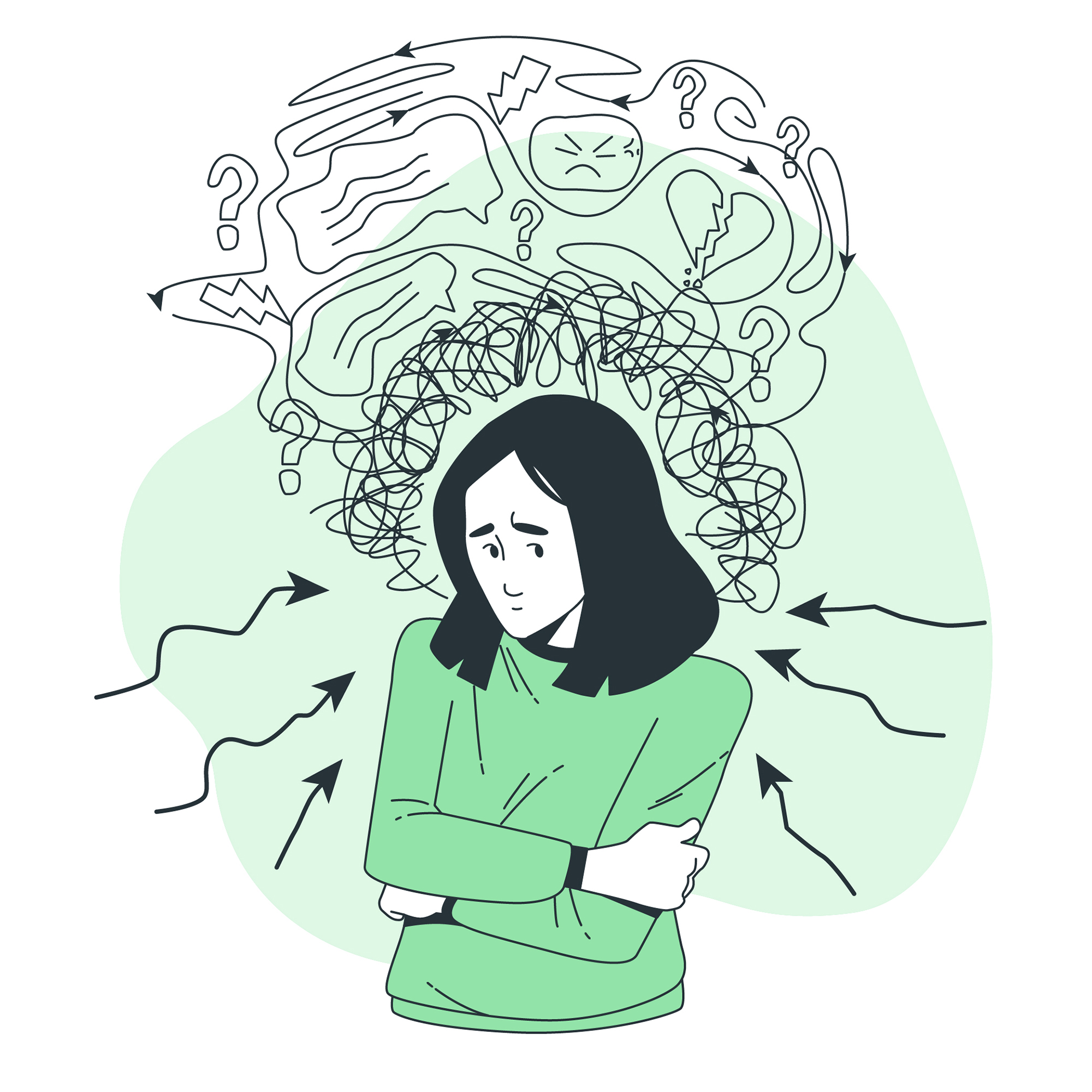Delirium refers to a quick shift in someone’s mental state, leading to significant confusion and issues with understanding their surroundings. The word “delirium” comes from Latin, suggesting a deviation from regular mental clarity. This condition differs from other cognitive disorders because it arises rapidly. Delirium is often unsettling for both the person experiencing it and those providing care.
Delirium symptoms can appear suddenly, manifesting as confusion, chaotic thoughts, or memory problems. Individuals might have difficulty recognizing familiar faces or recalling their current location or circumstances. These sudden symptoms can last a few days or sometimes stretch on for weeks if unaddressed. Many individuals experience delirium in hospitals when early signs are neglected, making it crucial to detect and respond to initial signs promptly.
Delirium Demystified
Recognizing delirium quickly is very important because it’s serious. It impacts essential brain activity, causing people to behave in risky ways. People might wander into danger or not realize basic needs are unmet. Without prompt help, those in confusion could be at risk. Noticing early signs, like seeing things that aren’t there after drinking, is crucial.
If delirium isn’t treated, serious problems can arise later on. Delirium doesn’t just cause confusion; it harms the brain long-term. It breaks down important connections and pathways when mixed with illness or drugs. It could lead to needing intense hospital care or getting extremely confused while in the ICU. In some cases, it signals other severe health problems. Dealing with it fast helps prevent many issues like worse outcomes, slow recoveries in hospitals, or even increased death risks.
Recognizing the Urgency of Delirium
Spotting signs early is crucial for getting patients the right care. Delirium often starts with subtle changes in behavior and mood. What does delirium appear as to a layman? You might see confusion, emotional swings, or disorientation. Sleep patterns might shift, or sudden daytime tiredness can emerge. Watching for these symptoms ensures patients rely on timely help.
Dementia and delirium may seem identical but differ greatly in how they occur. Delirium is sudden, while dementia slowly develops over months or years. To tell them apart, note symptoms’ fluctuation in delirium. Patients with delirium flip between clear and confused thoughts multiple times a day. Dementia follows a more steady decline. This knowledge is vital to avoid incorrect treatment and longer recovery times.
Unraveling the Causes and Risk Factors
Delirium marks a sudden change affecting thoughts and concentration. It often starts from illness inside the body. Infections such as coughing troubles or bladder infections can lead to confusion, especially for older people or those with weak bodies. Problems like diabetes or thyroid issues may upset brain signals, causing this state. Heart troubles or strokes can affect blood supply to the brain, worsening delirium.
Medicines can also push someone into delirium. Pain medicines, anxiety pills, and even some antibiotics might mix up the mind. Checking a patient’s medication list helps if they take many drugs.
Surgeries bring another risk of delirium. Heavy operations like heart surgery or bone surgery can invite this confusion. Anesthetic drug effects, aches after surgery, or stressed body responses heighten risks. Post-surgery brain problems are commonly noted after big surgeries.
Certain people face more risks for developing delirium. Growing years add to this risk, as age naturally weakens brain functions. This makes older folks struggle with new health problems that might start delirium. Studies show old age brains adapt less swiftly.
Having ongoing health issues makes one more vulnerable too. Individuals battling dementia or past delirium episodes face higher risks since their brain defences are frailer. Continuous health troubles like kidney or liver strains weaken the body’s strength against new problems that trigger delirium.
Other unsettling factors include failing sight or hearing, adding to confusion in older patients. Social separation or gloominess compounds this condition by lowering mental activity engagement. These elements amplify chances for sudden onset of delirium.
Delirium in Older Adults: Challenges and Insights
Older people often face unique challenges with delirium at advanced ages. Physiological changes mean seniors can have low thiamine, worsening risks of delirium. As age progresses, the body’s ability to process substances also decreases in effectiveness. This makes older adults sensitive to medication adjustments, potentially impacting cognition.
Often, multiple health conditions accompany aging, making treatment tricky and increasing probability of delirium episodes. Hospitalization further aggravates risks; new environments unbalance their usual routines, causing potential delirium triggers when hospitalized.
Delirium during hospital stays is a growing concern for older adults in Intensive Care Units. Bright hospital lights, loud noises, interruptions, and sleep loss contribute to triggering delirium. Medical procedures demanding long bed rest can make delirium symptoms worse over time.
Hospital staff might mistake these symptoms as confusion or ignore them as normal for age. Crucial intervention may get delayed if these symptoms aren’t promptly recognized. Programs involving skilled caregiving and structured settings can notably cut down on occurrences within hospitals.
Providing Support to Delirium Patients
Supporting someone with delirium demands kindness and effort. At home, caregivers should prioritize a calm, comfortable setting. Keeping familiar objects around can reduce fears and lessen confusion for the person. Simple tools like clocks and calendars help them know the time and date.
Speak clearly to them by using short, simple talks that are straightforward. Allowing them time to answer is important for good interaction between you. Make sure they drink enough water and eat regular meals to avoid dehydration or lack of energy.
In care facilities, staff must know how to spot delirium fast. Training helps them provide accurate, compassionate support right away. Inviting family to visit creates a comforting presence that aids emotional well-being.
Making the environment safe involves removing things they might trip over and ensuring bright lighting in all areas. Installing alarms or sensors can alert helpers if any unusual activity occurs.
Comfort means more than just physical necessities. Emotional support is vital during tough times when their thoughts might wander. Keeping them active with meaningful tasks and sticking to a routine helps steady emotions.
In facilities, tailored care plans focusing on individual likes, from choosing music to meals, greatly enrich the patient’s experience, lifting their spirits and improving responses to care plans.
Clinical Perspectives: Healthcare Professional Insights
Diagnosing delirium takes more than one evaluation, deriving from noticing symptoms over a longer period compared to immediate tests. Medical teams use things like the Confusion Assessment Method, pinpointing signs to see if it’s delirium or something else like dementia.
Handling delirium often means treating what caused it initially. At hospitals, doctors mix medications with other techniques to help patients. For high agitation, prescription drugs help, but side effects need watching carefully. Therapy involving patients talking or engaging with others gets results that reflect personalization.
Instead of sedation, keeping patients moving and mentally active stops delirium. Families help a lot, making patients feel less alone during tough times. New tech tracks sleep and drug use, part of plans reducing delirium cases at facilities.
Family presence helps boost outcomes for the person affected when involved consistently. Institutions seeing fewer late-stage issues are adapting to the trend, dropping repeat visits by focusing on whole-person steps.
Prevention: A Proactive Approach
Prevention begins with careful pre-surgery check-ups, spotting risks early. Plans are made to ensure patients receive the best care and advice. Patients learn about post-op symptoms, which helps them report issues right away.
In hospitals, a calm space helps patients recover without too many interruptions. Careful management of fluids, pain, and gentle movement speeds healing and lessens delirium risk.
Teaching patients is key to preventing issues in the future. Knowing what causes delirium and personal risk factors can prevent it. Mental exercises strengthen the brain and reduce sudden delirium chances.
Having open talks with doctors before surgery makes sure everyone understands each other. This shared understanding sets clear goals for avoiding issues later.
Cultural Narratives: India’s Perspective on Delirium
Delirium in India has long been seen through traditional beliefs. Historically, families thought delirium was caused by spirits or ghosts. Because of these ideas, spiritual healers were often contacted for help first. However, things have gradually been changing over recent years.
People now see delirium as a medical condition due to improved knowledge. With the increased integration of modern practices, perceptions are shifting. This shift is vital as the population ages and health issues rise. By moving towards evidence-based care, families promote better health results.
Despite these changes, age-old myths still influence views on delirium today. Many communities continue to link symptoms with supernatural causes. Disorientation and confusion are often misread as spiritual matters. Families sometimes perform rituals hoping to “purify” the affected person.
Healthcare professionals face challenges in aligning science with cultural beliefs. They strive to involve families with respect for their traditions. Educating communities is helping bridge gaps and improve care understanding. As discussions grow, the focus moves to timely medical intervention instead.
Educational and Awareness Initiatives
To counteract common misconceptions, NGOs and government in India promote educational programs. They aim to demystify delirium, teaching what it is and what it isn’t. Awareness campaigns use radio, TV, and workshops to spread helpful knowledge. Explaining the signs, causes, and symptoms of delirium enables people to understand it better. These steps push for fast medical care and change how delirium is viewed.
Empowering communities and health providers is all about sharing vital health information. Clinics hold seminars to train health workers to detect delirium accurately and treat it right. Creating informed healthcare teams can result in improved patient outcomes across the country.
Local leaders play a critical role in community workshops aimed at dispelling myths about delirium. Their support helps spread acceptance of modern treatment methods. With help from respected community figures, awareness grows, providing guidance on treating and managing delirium respectfully.
Wrapping Up: Key Takeaways and Call to Action
Raising consciousness about delirium isn’t just a health focus; it’s crucial for our community’s well-being. Recognizing when delirium strikes early can really help prevent a complete medical whirlwind. Everyone learning about the risk can help slow things down and ease demand on health services.
As individuals, taking charge of health means being proactive in seeking advice and checking warning signs. By teaching ourselves and those close about delirium, and joining awareness programs, we can minimize the risks of late diagnosis. It’s about shaping spaces where immediate care is key, slashing treatment delays, and supporting full recovery journeys. Everyone’s role is vital in this game-changing approach to managing delirium across India.

